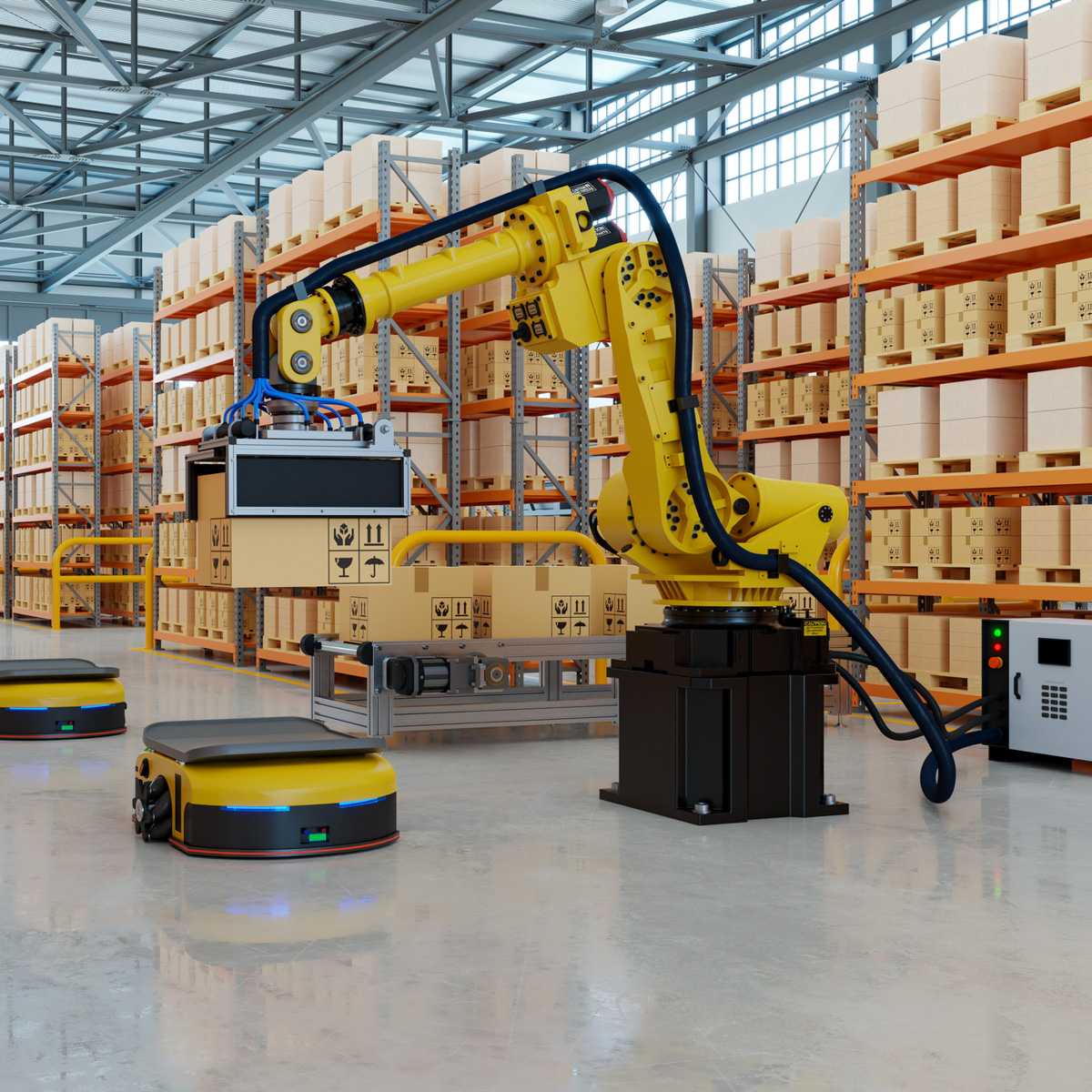

Artificial intelligence (AI) has been present in the workplace for a while, and using data for predictions is a concept that has been introduced previously. The mathematical principles behind machine learning have been around for decades, and many algorithms are even older. However, advancements in deep learning and neural networks, along with increased computing power, have led to the development of generative AI and mathematical models like generative pre-trained transformers such as GPT-4 and its applied version ChatGPT.
These tools have gained the interest of both the public and commercial sectors, allowing more people to access this powerful technology that can predict, imitate, retrieve, and memorize knowledge. However, it may generate false information without proper guidance. In this scenario, comprehending the role of prediction machines and the significance of human judgment skills in an AI-driven workplace is essential for businesses to remain competitive and innovative in this ever-changing landscape.
Supporting the Workforce With Prediction Machines
AI advancements have revolutionized how communicators and advisors approach tasks by automating certain aspects and improving predictive capabilities. As foundational large language models (LLMs) continue to support content generation and become more accurate and reliable, the role of human judgment in these areas may remain the same. However, the increased availability and affordability of LLMs like GPT can also enhance the value of human-led judgment tasks in other language contexts.
A perfect example of AI integration in daily operations is using Language Learning Model (LLM) tools, like email response generators, for communicators and advisors. These tools analyze incoming messages and provide multiple suggested responses based on the organization’s structured data, such as previous contextual examples and different situations. This allows users to exercise judgment in selecting the most appropriate reply. As a result, the communication process is faster and professionals can correspond more efficiently.
The synergy between AI-driven predictions of LLMs and human judgment creates new opportunities for communicators and advisors to optimize their workflows and focus on higher-level tasks requiring unique expertise and insights.
The Most Valuable Workforce Skills Involve Judgment
As AI advances and the cost of prediction decreases, the demand for skills that complement prediction, such as judgment skills, will increase. These skills may include ethical judgment, emotional intelligence, artistic taste, task definition, or other types of judgment. As a result, organizations will likely need individuals who can make responsible decisions, engage with customers and employees, and identify new opportunities.
In various situations, skills related to judgment will become more valuable. For example, if prediction allows for more cost-effective, quicker and just-in-time policy analysis related to a new government policy, stakeholder understanding may become more critical. For example, as AI systems like a GPT-type model become better at predicting, skilled human analysts might help set a front-runner apart from their competitors.
For management, this means that while AI and machine learning can provide valuable insights and improve operations, there is still a need for human judgment and expertise. Therefore, it is essential to prioritize hiring skilled professionals who can work collaboratively with AI and leverage their judgment to make informed decisions. Management should also invest in employee training and development programs to enhance their judgment skills and stay up-to-date with the latest AI technologies and techniques. By embracing the opportunities presented by AI while prioritizing human judgment, organizations can achieve extraordinary success and remain competitive in the ever-evolving digital landscape.
The judgment aspect of a task will be a constantly changing target, requiring humans to adapt to new situations where judgment is needed.
An Impactful Presence
A study conducted by researchers from Massachusetts Institute of Technology and Stanford University revealed that the implementation of AI tools like ChatGPT in the workplace led to a 13.8% increase in worker productivity. The study analyzed data from 5,179 customer support agents at an undisclosed Fortune 500 software company. Notably, the most significant productivity boost was observed among novice and low-skilled workers, while experienced and highly skilled workers experienced minimal impact. The researchers posited that AI assistance improved customer sentiment, reduced requests for managerial intervention, and enhanced employee retention. Despite the promising results, it is crucial to note that the organization utilized a custom algorithm powered by GPT and, importantly, structured data.
As a cautionary tale, organizations must assess the quality of their data before attempting to execute a similar strategy. Ensuring data integrity and accuracy is paramount to the successful integration of AI tools in the workplace. By adopting a strategic approach to AI implementation and recognizing the importance of data quality, businesses can optimize their operations and harness the full potential of AI-driven prediction machines in collaboration with human judgment.
This example reminds us, that as AI develops and becomes more integrated into various industries, the importance of human judgment skills and the ability to work alongside AI-driven prediction machines will become increasingly crucial. By recognizing the value of these complementary skills and fostering a culture of lifelong learning and interdisciplinary expertise, we can prepare the workforce for a future where AI and humans work together to drive innovation, growth and prosperity.
Generative AI and prediction machines are here to stay and will significantly impact the future of work. As a result, these systems will become more powerful and capable within the context of the organizations leveraging them. As communicators and advisors, it is essential to understand the value creation, capture and delivery aspects of integrating these technologies into daily operations. Above all else, being aware of risks and harms is paramount.
The interplay of AI-driven prediction machines and human judgment skills will define the future workplace, where collaboration and synergy are vital for success; it’s truly a new form of techno-human symbiosis. By recognizing the importance of complementary skills, fostering a culture of lifelong learning, and embracing interdisciplinary expertise, we can prepare the workforce for a future where AI and humans work together to drive innovation, growth and prosperity. Embracing the potential of AI while maintaining a focus on the essential role of human judgment will ensure a balanced and successful partnership for innovation in the near-term future of work.


